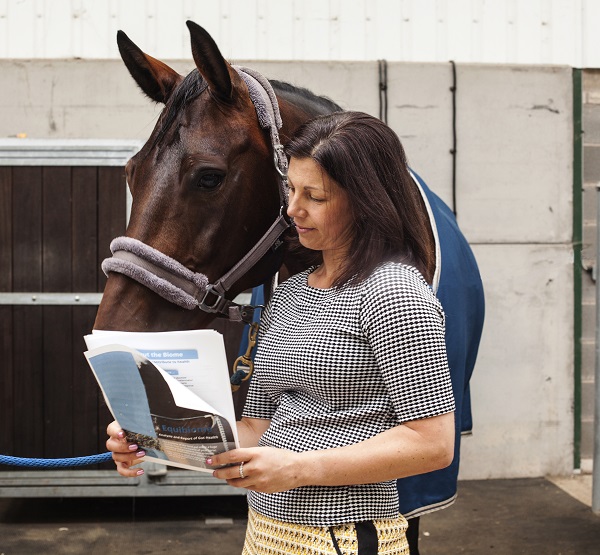Posted: 26th March 2020 | Back to news feed

The grass hasn’t stopped growing through another mild winter, leaving many native good doer ponies in danger of contracting laminitis. With the current environmental crisis, harsh winters may become a thing of the past, leaving some of us wondering how to shed the summer weight from good doers.

There has been a steady increase in the number of horses that are overweight or obese, leading to health problems including Equine Metabolic Syndrome, Laminitis, Joint Disease and Cushings. Recent figures show 55% of horses are affected, this number is expected to rise over the next few years as winters remain mild.
Obesity is seen as a disease of our time and the study of obesity in animals is an emerging science, revealing that adipose (fat) tissue produces harmful and inflammatory chemicals which predispose the horse to ill health and disease.
Colic and laminitis are the two biggest killers of horses, with diet cited as the main cause. The horse has a small stomach and a large hindgut designed to break down complex and diverse high-fibre low energy fodder type foods.
The microbes of the hindgut break down the complex fibre to acetate, propionate and butyrate, otherwise known as short chain fatty acids, providing ¾’s of the horse’s energy requirements.
The microbes in the gut also require a wide variety of plant compounds containing phytochemicals which interact with the bacteria that promote and control metabolism, lack of these promotes metabolic imbalances and alters endocrine function.
You can’t change the size of the small stomach, so you can’t feed big meals, you can’t change the fact that a certain amount of low quality fibre and indigestible fibre is required to keep the hind gut microbiome happy.
If you are having long term metabolic problems the chances are the wrong diet has wrecked the gut and a state of low power and multiple symptoms are now manifesting. Repairing the gut will take time and thought.
Top Tips for Restoring the Gut
- Go back to what nature intended, lots of small meals of low quality forage, topped up with ‘straights’ for performance horses.
- Include a wide range of nature’s anti -oxidants rather than thinking the diet can be ‘balanced’ by feeding a formulated ration.
- Patience! Repairing the gut can take time and patience, sometimes it is one step forward and two steps back, especially for those horses with hindgut acidosis and gut wall permeability, these may take up to 12 months to two years to repair.
- To know precisely what’s going on your horse’s gut and how to restore the gut without the guess work take the EquiBiome Test.
The EquiBiome Test Kit is ordered online at equibiome.org and once it arrives follow the instructions and return your horse’s faecal sample for testing. You will then receive a detailed report with recommendations to improve your horse’s gut health.
With the right management, based on facts not guess work, your horse’s gut health can be improved.
For further information or to order an EquiBiome Test Kit please visit www.equibiome.org and follow the ‘EquiBiome’ page on Facebook.
The Equestrian Index newsfeed is compiled from articles submitted by advertising members and expresses the opinions of those members. Watsons Directories Ltd shall not be held liable for any inaccuracies or mis-statements therein.
